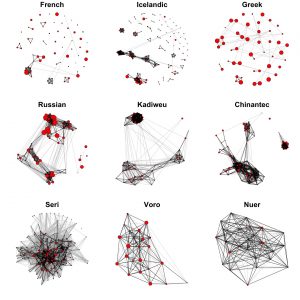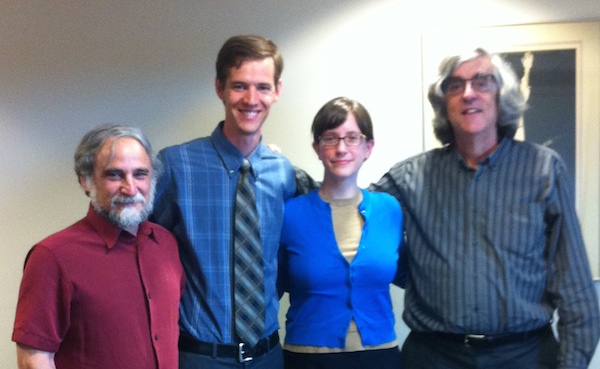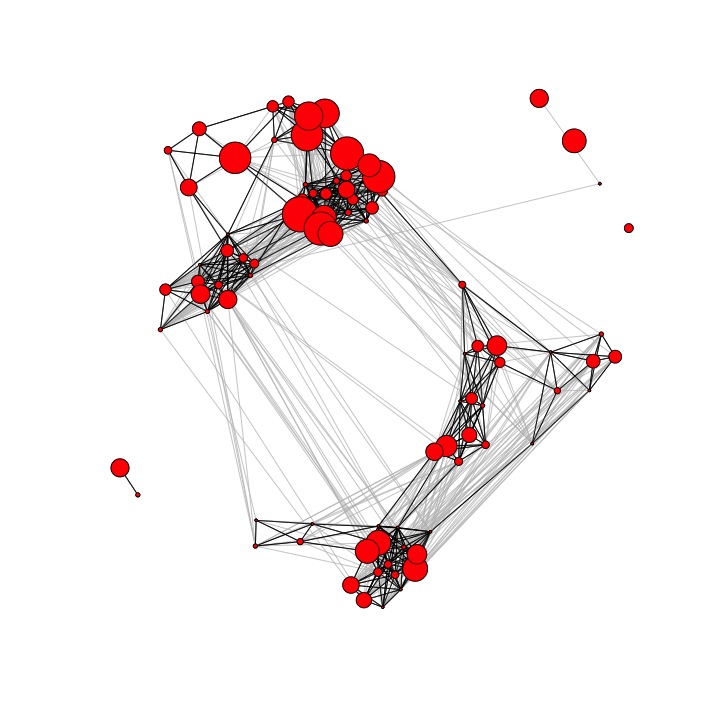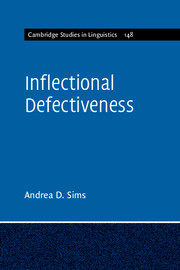Congratulations to Grace LeFevre, who successfully defended her honors B.A. thesis, Quantifying Paradigm Shape in Spanish Verbs! The thesis was co-advised by Micha Elsner and Andrea Sims. A paper based on the thesis has already been published in the 4th Proceedings of the Society for Computation in Linguistics.
Abstract: This thesis computationally models “paradigm shape,” a type of morphological structure that I define by the implicative relations holding among the forms in an inflectional system. Since implicative structure binds the forms in an inflectional system together (Wurzel, 1989), paradigm shape reflects the predictable ways that allomorphs occur in parallel paradigm cells across inflection classes in some languages. Maiden (2005)’s analysis of how certain Romance verbs changed over time in order to conform to existing paradigm shapes highlights the significance of this structure as a historical and cognitive organizing principle. However, paradigm shape has not been computationally formalized in a gradient or replicable way. Using information-theoretic entropy as defined by Shannon (1948), I develop a method to quantify paradigm shape and I apply it to Spanish verbs as a test case. The method bridges the gap between formal work on the organization of the stem space (e.g. Maiden, 2005; Boye and Cabredo Hofherr, 2006) and computational work on quantifying predictability in inflectional systems (e.g. Ackerman and Malouf, 2013; Stump and Finkel, 2015). In doing so, it jointly models the distributions of stems and affixes to compute sets of values that characterize the shapes of Spanish verb classes. Comparison of these values across classes captures partial parallelism between them, enabling identification of both allomorphic and distributional class structures (Baerman et al., 2017). These results with Spanish verbs highlight that my method provides a computational means of capturing multiple aspects of inflection class structure in a way that is replicable and extendable to other languages. Potential directions for future work include testing the limits of the method’s usefulness on known morphologically difficult systems and applying the method to other Romance languages at various stages of historical development.
 In September, Andrea Sims gave a keynote talk, “Morphological connectivity in the mental lexicon,” at the 17th Texas Linguistics Society meeting, in Austin, TX.
In September, Andrea Sims gave a keynote talk, “Morphological connectivity in the mental lexicon,” at the 17th Texas Linguistics Society meeting, in Austin, TX.



